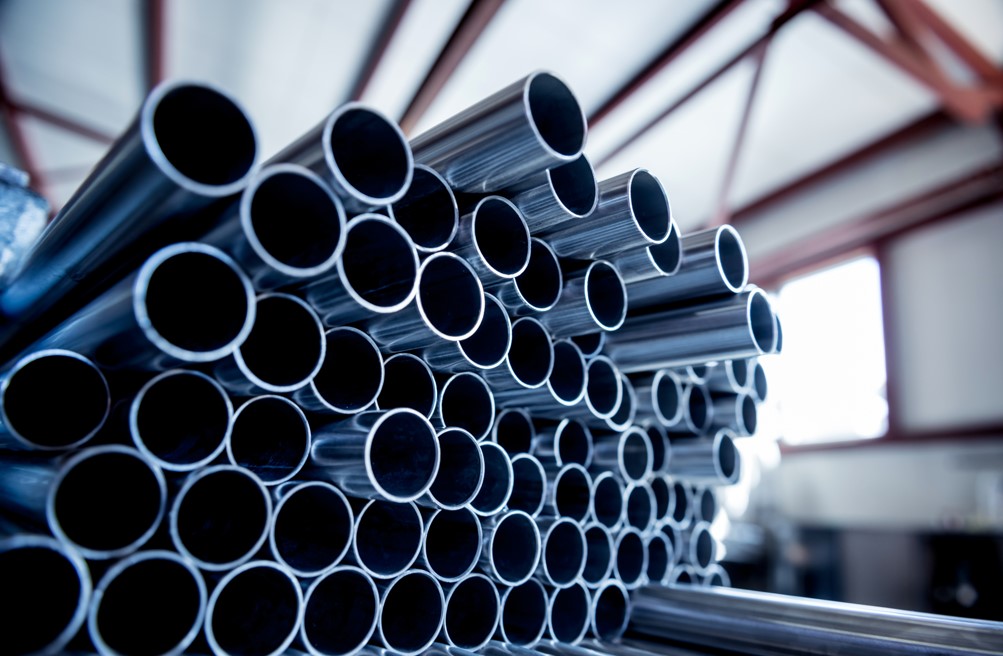
How to Insulate Galvanized Pipes for Winter
Every homeowner knows the importance of preventive maintenance, and insulating your galvanized pipes for winter is no different. Galvanized pipes, made from iron or steel and coated with zinc to prevent rusting, play critical roles in our homes, supplying fresh water and dispersing waste.
As winter approaches, these pipes can be vulnerable to freezing temperatures which can lead to extensive damage. Understanding how to insulate them effectively is, therefore, crucial for the well-being of your home and pocket. In this guide, we will delve into the reasons why insulating these pipes for winter is important, the benefits, and how best to tackle this task.
Understanding the Risks
Uninsulated galvanized pipes in winter are exposed to a lot of risks. Extremely low temperatures can cause the water inside these pipes to freeze. This frozen water expands, causing a drastic rise in water pressure. This increase in pressure can lead to devastating consequences, most notably, pipe bursting. A burst pipe can wreak havoc on your property, leading to water damage, structural risks, and interruption of your water supply.
The financial implications of these damages can be astronomical. Repair costs including water damage restoration, mold remediation, and structural repairs can amount to thousands of dollars. Additionally, in severe situations, temporary displacement may be required, further escalating costs. Understanding these risks is essential in emphasizing the importance of properly insulating your galvanized pipes for winter.
The Benefits of Pipe Insulation
Insulating your galvanized pipes ahead of the winter season brings a host of benefits that help safeguard your home and optimize your energy use. A primary advantage lies in improving your home’s energy efficiency. With improved insulation, less heat is lost as water travels from your heater to your faucets, meaning your water heater works less and saves energy.
Pipe insulation also provides much-needed freeze protection. The insulative barrier helps maintain the water temperature in your pipes above the freezing point, preventing the occurrence of pipe freezing. Lastly, insulation significantly reduces condensation on your pipes in humid environments, which can lead to moisture damage and foster unwanted mold growth. Overall, the benefits of pipe insulation make it a valuable preventive measure for homeowners.
Important Things to Know
Materials Needed for Insulation
When it comes to insulating galvanized pipes for the winter, specific materials and tools will make your task easier and more effective. As a starting point, insulation materials such as foam or rubber pipe insulation, fiberglass, or polyethylene are widely used due to their excellent insulative properties. Make sure to choose the right size that fits snugly around your pipes.
The tools required for this task include a tape measure for accurate measurements, a utility knife to cut the insulation to size, and duct tape or cable ties to secure it. Safety shouldn’t be compromised, so ensure you have protective eyewear, gloves, and perhaps a mask if you’re dealing with fiberglass insulation.
Before you commence, it’s vital that you turn off your water supply and let your pipes drain, ensuring a dry surface for the attachment of your insulation. With your materials ready and safety precautions observed, you’ll be well-prepared to insulate your galvanized pipes for winter.
Step-by-Step Process
Carrying out the task of insulating galvanized pipes requires a systematic process. To start, you’ll need to prepare your pipes. This includes cleaning your pipes thoroughly to remove any dirt, grime, or rust; a clean surface allows the insulation to adhere better.
Once the pipes are ready, measure the length of the pipe with your tape measure and accordingly cut out the insulation material to match this length. Remember that precision matters – properly sized insulation will better protect your pipes from the winter chill.
Next, it’s time to apply the insulation material. If using tube insulation, simply open it and place it around your pipe, ensuring it seals well. With fiberglass or polyethylene, wrap it around your pipe and secure it with duct tape or cable ties.
Double-check the whole length of the pipe, ensuring that there are no gaps where cold air can infiltrate the insulation. By following these steps, you can have an effective insulation job that will safeguard your galvanized pipes from freezing temperatures.
Professional Vs. DIY Insulation Job
When it comes to insulating your galvanized pipes for winter, you can opt to do it yourself or hire professionals. The choice to go DIY or professionally largely depends on a few factors—cost, time, and your level of skill.
While a DIY insulation job could save you upfront costs, it requires a significant amount of time and effort. This is a meticulous task, needing careful attention to every detail to ensure effectiveness. It’s feasible if you’re comfortable with this sort of work and are confident in your ability to do it correctly.
Professional installation, however, while more expensive upfront, offers the benefit of expertise. Professionals have the experience and the right tools to do the job efficiently and effectively. It might be a beneficial choice if the piping system in your home is extensive, located in hard-to-reach places, or if you simply do not have the time or skill to do it yourself.
Weighing these factors will help you decide on the best option for your unique situation, ensuring your galvanized pipes are adequately protected for the winter.
Maintaining Your Insulated Galvanized Pipes
Maintaining your insulated galvanized pipes ensures the longevity of the insulation’s effect and increases the durability of your pipes. Routine checks help assess the state of the insulation — looking for any wear and tear, or potential gaps.
For minor damages such as small holes or loose sections, you can add a patch of insulation and secure it with duct tape. However, for substantial damages, you may need to replace entire portions of your insulation. It’s crucial to address such issues promptly to avoid freezing pipes, which could potentially lead to burst pipes, major water damage, and costly repairs.
Sometimes, the damage might not be visible or easily identifiable. That’s when seeking professional help becomes necessary. Professionals can easily detect issues that might not be apparent to an untrained eye. In fact, scheduling regular inspections with a professional can nip any potential problems in the bud. Therefore, a good balance of DIY checks and professional inspections can ensure optimum maintenance of your insulated galvanized pipes.
Key Takeaway
Insulating galvanized pipes for the winter season is an essential preventive measure every homeowner should consider. Implementing this helps increase energy efficiency, protects against freezing damage, and reduces pipe condensation. Understanding the process, from choosing the right insulation material, applying it securely and effectively, to maintaining it properly



